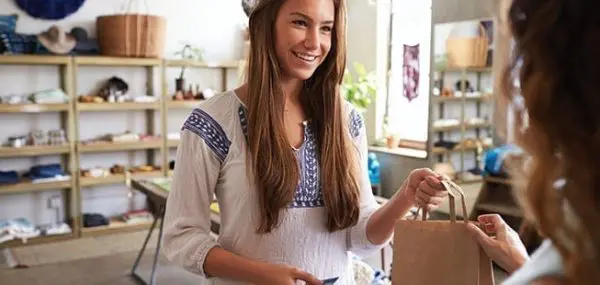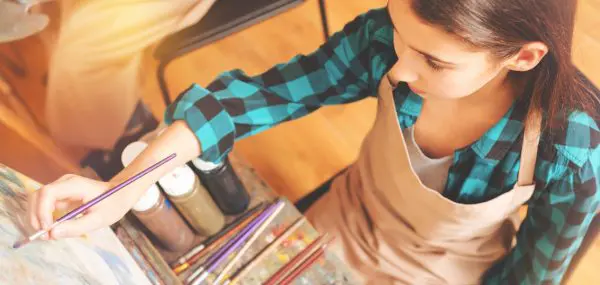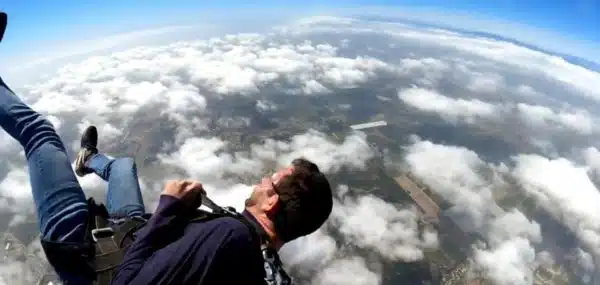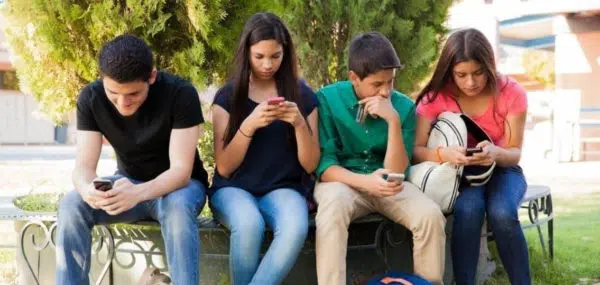When Zoe Douglas started volunteering at a program for youth with disabilities as an eighth-grader, she was a bit nervous. “Although I had close friends and family members with disabilities, I was still unsure what to expect,” says Zoe.
She needn’t have worried: She ultimately found a “supportive, uplifting, and welcoming group” of people she came to call her family.
Sarah Perez-Stable is thoroughly familiar with this kind of transformation. She works as director of program and volunteer services at Youth Challenge, an organization which brings together volunteers ages 12 to 18 with young people who have physical disabilities. Together, they participate in adapted sports and recreational activities outside of school, such as bowling, swimming, rock climbing, or arts and crafts.
“Some volunteers admit they initially came for the service hours, but stayed because they found a second home here,” says Perez-Stable. “Some of our volunteers talk about it being life-changing. They started out shy and reserved, and it took them out of their comfort zone.”
Teens who have not had any prior experience with a friend or family member with a disability may feel awkward at first. But that shouldn’t keep them from getting to know kids who are different in this way.
[adrotate banner=”85″]At Youth Challenge, the staff provides a two-hour training session to new volunteers to help them understand what will and won’t be expected of them. As part of that training, they cover some basic guidelines for interacting with teenagers who have disabilities, as developed by the United Cerebral Palsy Association. This helps put everyone at ease. (See tips below.)
“There is often an initial hesitation, which is true of any new experience, but that nervousness goes away quickly,” says Perez-Stable.
“The more they get to know one another, the less the disability matters.”
It helps that the organization views volunteers and participants as equally important to their mission, which underscores the idea that the experience is about making friends, not just service.
And thanks to Instagram and Snapchat, it’s easier than ever for these newfound friends to stay connected. Just as any other teens would do.
Making these kinds of connections, says Perez-Stable, “makes you a more empathetic person. You see the world differently. It makes you realize we are not so different from one another.”
Eric Forman, an educator with many years of experience teaching in an inclusive classroom, says, “I deeply believe in the benefits of a blended program for all peers. Typical peers learn about the diversity that exists in their community. Students with disabilities get to learn their own strengths.”
In Zoe’s case, those connections turned into solid friendships that she maintained throughout high school and beyond.
It even led to a paid internship at a law firm that specializes in disabilities, elder law, and special education.

More friends, more fulfillment, and more empathy in life: Who wouldn’t benefit from that?
Tips for Meeting People with Disabilities:
- When meeting a person with a visual impairment, always identify yourself and others who are with you. Be sure to let that person know when you are exiting the conversation.
- Don’t assume a person needs help. If you offer assistance, wait until the offer is accepted. Then listen and ask for instructions.
- Do not lean or hang on a person’s wheelchair, which is considered an extension of the user’s personal space. Placing yourself at eye level helps to make the person in a wheelchair feel more comfortable.
- When talking with a person who has difficulty speaking, wait until they are finished speaking. Don’t correct or speak for them.




